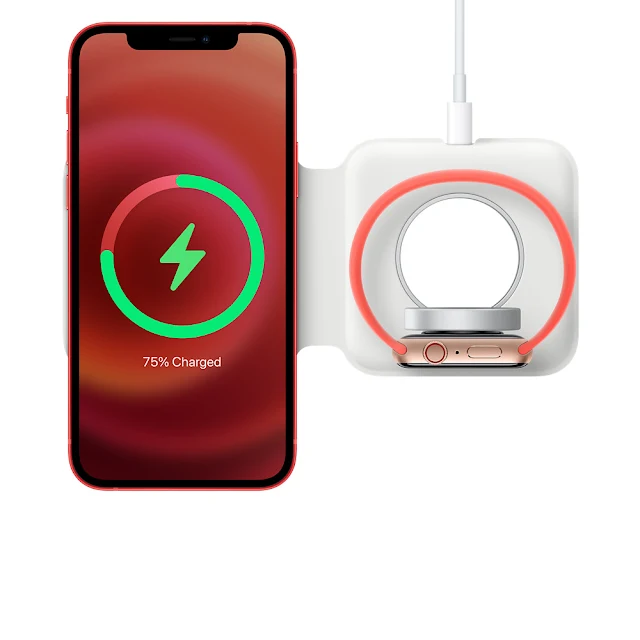I have been using the Apple Watch Series 7 as a part of my daily routine for the past 8 months, relying on its features like workout tracking and sleep tracking. While I have enjoyed the convenience and functionality of the Apple Watch, one issue that has caught my attention is the battery degradation over time. In this article, I will share my experience and thoughts on the battery life of the Apple Watch Series 7 and my hopes for improvement.
My Usage pattern and drop in battery percentage.
- Average weekly workout tracking and sleep tracking: Throughout my usage, I have been actively using the Apple Watch Series 7 for workout tracking and sleep tracking. On average, I engage in workouts around 4 days a week, utilizing the watch's capabilities to monitor my progress and stay motivated. Additionally, I rely on the sleep tracking feature to monitor my sleep patterns and ensure I am getting enough rest for optimal health.
- Current battery percentage: After 8 months of usage, I have noticed a significant decrease in battery performance. The battery percentage of my Apple Watch Series 7 currently stands at 93%. While this may seem reasonable, I have started to observe a gradual degradation in battery life, which raises concerns about the watch's long-term usability.
Battery degradation and limitations.
- Impact on future usability: The battery degradation I have experienced with my Apple Watch Series 7 is a cause for concern regarding its future usability. With the current rate of degradation, I estimate that I will only be able to rely on the Apple Watch for another 2 years before its battery life becomes significantly limited. As someone who has made an investment in this premium smartwatch, this limitation is disheartening.
- Concerns about premium pricing: One of the reasons for choosing the Apple Watch Series 7 was its reputation for quality and performance. However, the premium pricing associated with the Apple brand raises the expectation of long-lasting battery life. With the observed battery degradation, I am left questioning whether the high price tag justifies the limitations in longevity.
Hope for improvement.
- Addressing battery degradation: As an Apple Watch user, I sincerely hope that Apple acknowledges and addresses the issue of battery degradation. It is crucial for the company to invest in research and development to identify the underlying causes and find solutions to mitigate battery degradation over time. By proactively tackling this issue, Apple can ensure that users can rely on their smartwatches for an extended period.
- Improving battery life: In addition to addressing battery degradation, Apple should strive to improve the overall battery life of their smartwatches. By leveraging technological advancements and optimizing power consumption, Apple can provide users with a more seamless and reliable experience. Extended battery life would alleviate concerns about limited usability and enhance the overall value proposition of the Apple Watch Series 7.
Conclusion
In conclusion, while the Apple Watch Series 7 offers a range of impressive features and functionalities. With my usage pattern and the observed battery life, it is evident that improvements are needed to ensure long-term usability and justify the premium pricing. I remain hopeful that Apple will take steps to address battery degradation and focus on improving the overall battery life of their smartwatches, allowing users to fully enjoy the benefits of their investment.




